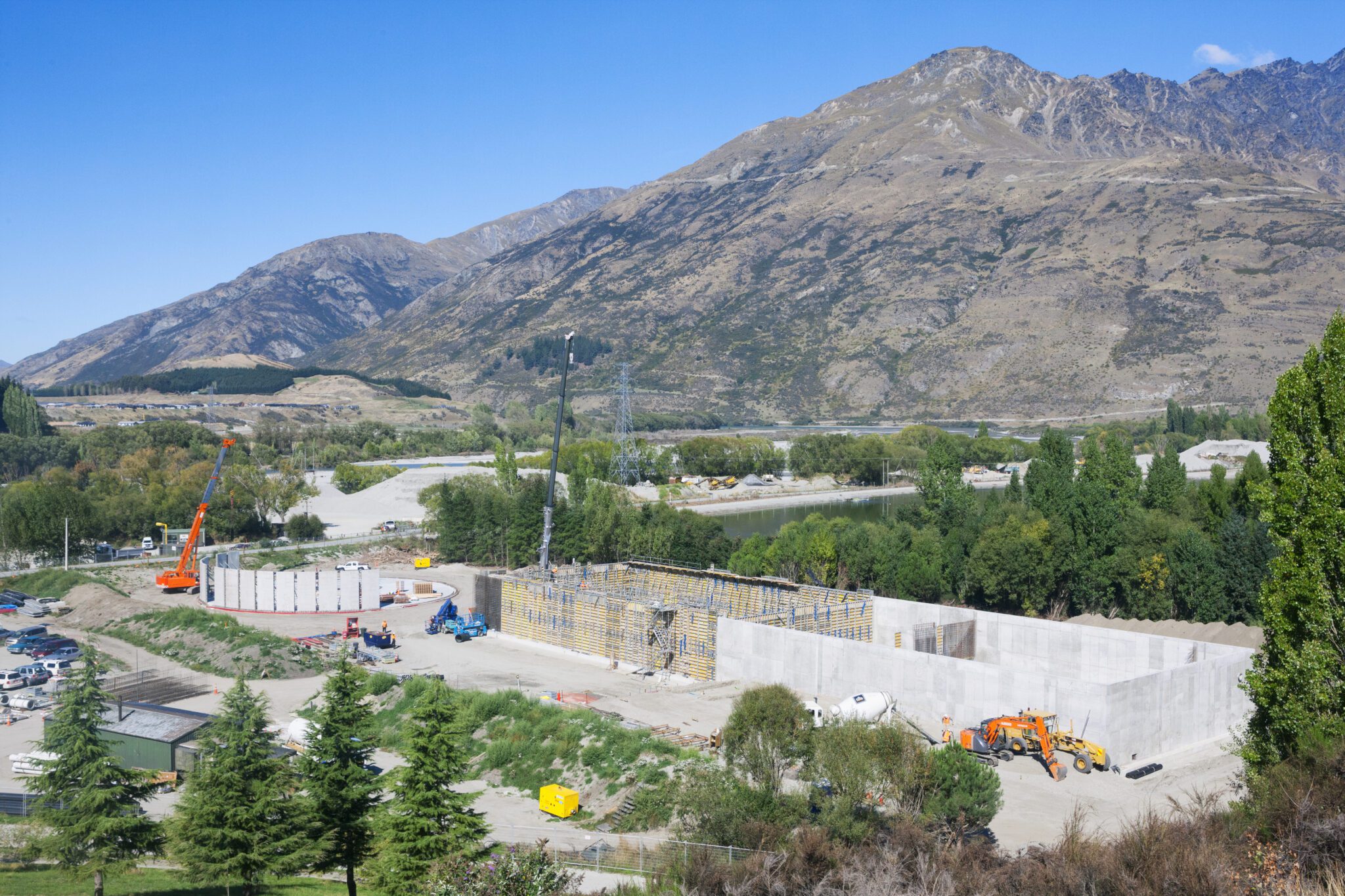The Government released a National Policy Statement for Highly Productive Land (NPS-HPL), which came into force on 17 October 2022. The NPS-HPL’s objective is to enhance protections for New Zealand’s most productive land, providing security for both domestic food supply and primary exports.
Agriculture and Trade Minister, Damien O’Connor, notes that over the last 20 years many thousands of hectares of highly productive land has been converted for urban, rural residential and lifestyle development – this is particularly noticeable on the southern outskirts of Auckland and around existing Canterbury townships.
What is highly productive land?
Land will be considered to be highly productive if:
- it is in a general rural zone or rural production zone;
- it is predominantly Land Use Capability Class 1, 2, or 3 (as mapped by the New Zealand Land Resource Inventory or by any more detailed mapping that uses the Land Use Capability classification); and
- it forms a large and geographically cohesive area.
Regional Councils must map highly productive land
The NPS-HPL requires Regional Councils to map highly productive land (if they have not already done so) by October 2025, unless that land has already been identified for future urban development. This is an important qualifier. Amidst a national housing shortage, the tension between enabling subdivision and land use to addresses the immediate need for housing stock often comes at the cost of a loss of highly productive land.
What is the effect of the National Policy Statement for Highly Productive Land?
Once land has been mapped as highly productive, Tier 1 and 2 District Councils (the larger and more urban-based territorial authorities) may allow urban rezoning of highly productive land only if:
- the urban rezoning is required to provide sufficient development capacity to meet demand for housing or business land to give effect to the National Policy Statement on Urban Development 2020;
- there are no other reasonably practicable and feasible options for providing at least sufficient development capacity within the same locality and market while achieving a well-functioning urban environment; and
- the environmental, social, cultural and economic benefits of rezoning outweigh the long-term environmental, social, cultural and economic costs associated with the loss of highly productive land for land-based primary production, taking into account both tangible and intangible values.
Rezoning land will be a balancing act
Before considering rezoning highly productive land, District Councils will first need to consider intensification of existing urban areas (up rather than out), and whether other land which is less productive is more appropriate for rezoning.
This approach may challenge some regions where landowners have large areas of land ‘locked up’ with little or no intention of altering existing land use. Compatible zoning does not necessarily mean land will be developed and existing use rights remain.
Councils will also be required to support the use of highly productive land for land-based primary production over other uses, and to encourage opportunities that maintain or increase the productive capacity of highly productive land.
Tier 3 territorial authorities will have similar, although slightly less limiting, restrictions on rezoning highly productive land.
District Councils must prevent the subdivision of highly productive land and must avoid the inappropriate use or development of highly productive land that is not land-based primary production, unless very strict criteria can be met. Some exemptions for highly productive land subject to permanent or long-term constraints apply i.e. highly productive land that will not be economically viable for at least 30 years, such as due to size or shape landholdings or due to reverse sensitivity effects from existing development.
More changes to come
Despite the mapping exercise to come, decision makers must have regard to the protectionist policies in the NPS-HPL from mid-October. In time, the Government directives contained in the NPS-HPL will be transitioned into the two Acts replacing the Resource Management Act – the Spatial Planning Act and the Natural and Built Environments Act.
If you have any questions about the NPS-HPL and its implications for your property, please contact a member of our Resource Management law team.
Disclaimer: the content of this article is general in nature and not intended as a substitute for specific professional advice on any matter and should not be relied upon for that purpose.




